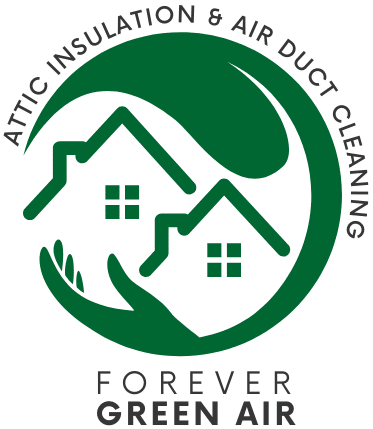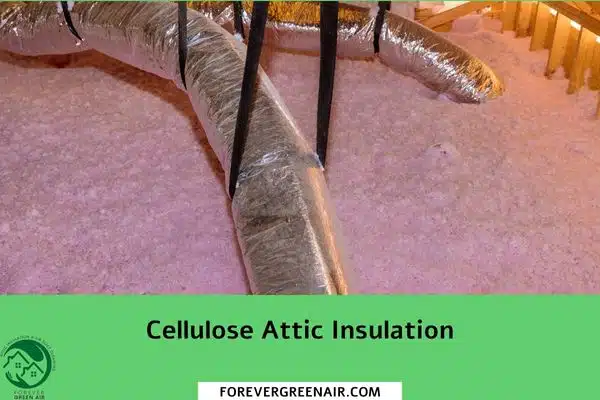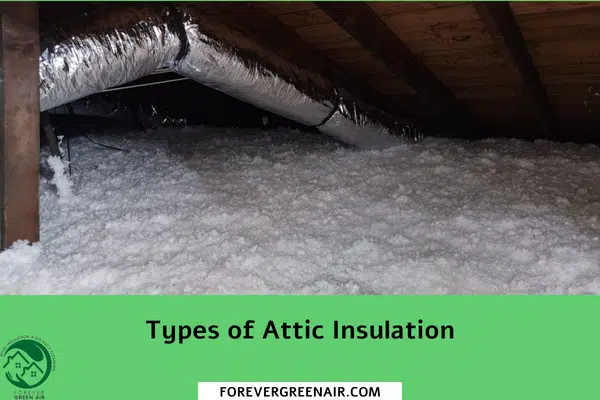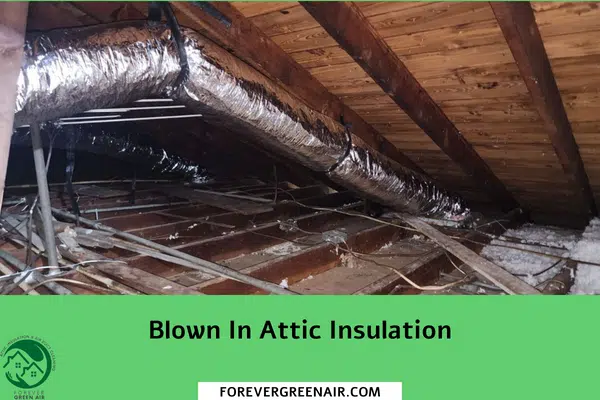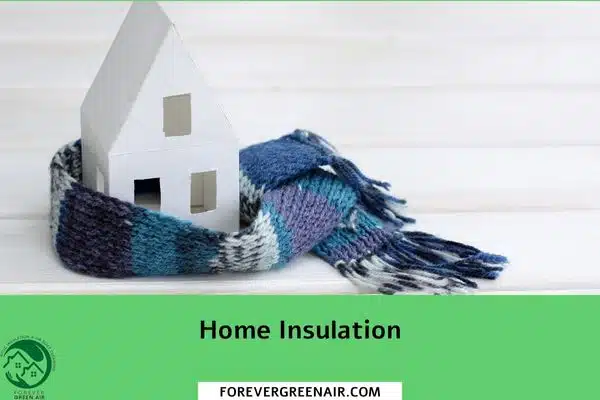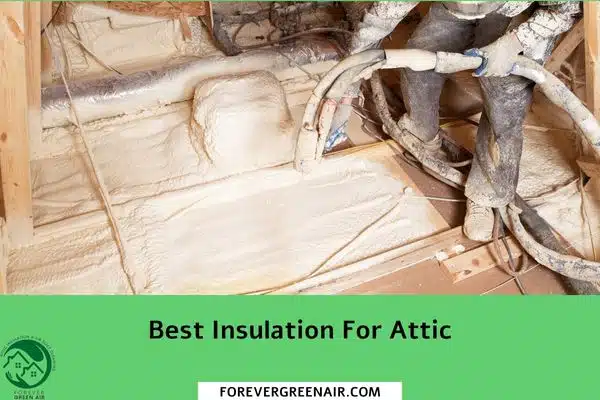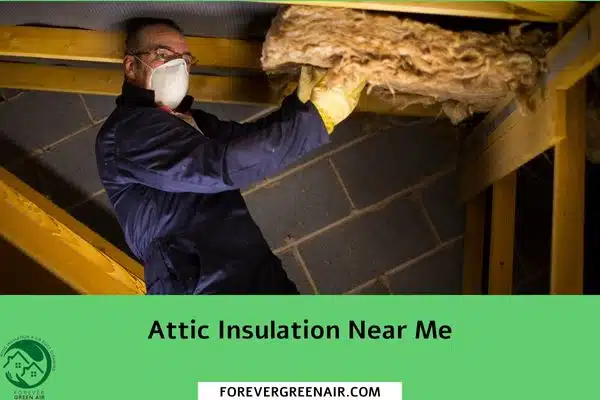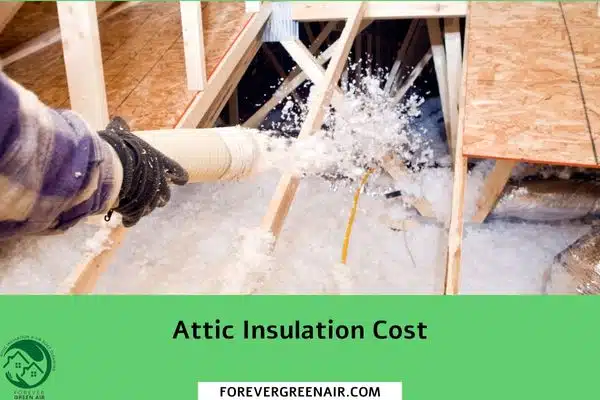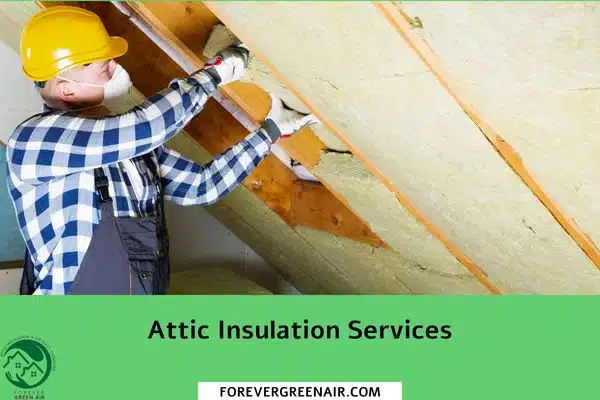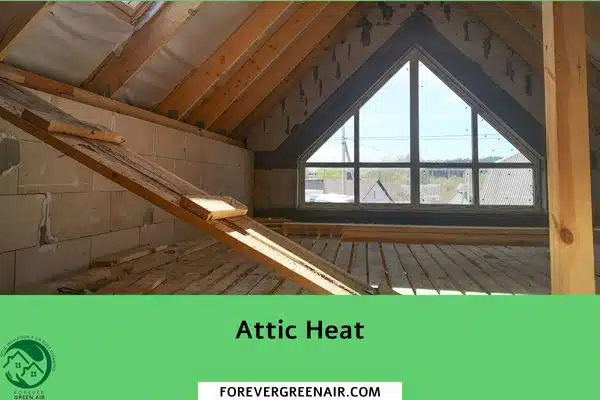Are you considering adding insulation to your attic? If so, then you’ve likely already heard about the many benefits of installing attic insulation – from increased energy efficiency and improved temperature control in your home to money saved on rising utility bills.
But before diving into this project head-first, it’s important to understand the different types of materials available when insulating an attic as well as all associated costs. To help ensure success with your endeavor, we’ll be exploring everything there is to know about attic insulation cost in this blog post. Read on to learn more!
Understand the Benefits of Insulating Your Attic
When it comes to home improvement, insulation is a commonly overlooked aspect. However, insulating your attic can offer a variety of benefits that make it well worth the investment.
With proper insulation, you can improve the energy efficiency of your home, reduce your heating and cooling costs, and create a more comfortable living environment. While the initial attic insulation cost may seem daunting, the long-term savings on your energy bills can help offset the expense.
Additionally, insulation can help prevent moisture damage and increase the lifespan of your roofing materials. So, if you’re looking for a simple and effective way to improve your home’s energy efficiency, consider insulating your attic.
Contact Us
Assess Your Attic’s Current Insulation Levels
Is your attic feeling like a sauna in the summer and an igloo in the winter? It may be time to assess your attic’s current insulation levels. Having proper insulation in your attic can not only keep the temperature more comfortable, but it can also save you money on energy bills.
However, before you jump into hiring a contractor to add more insulation, it’s important to understand the cost. The cost of attic insulation can vary depending on various factors, such as the size of your attic and the type of insulation you choose.
By doing some research and assessing your current insulation levels, you can determine if it’s worth the investment for a more comfortable and cost-effective home.
Research Different Types of Insulation and Prices
When it comes to insulating your home, there are a variety of options to choose from. Different types of insulation offer varying levels of efficiency and price points.
If you have an attic that needs insulating, you’ll want to consider options like fiberglass batts, blown-in cellulose, or spray foam. Fiberglass batts are typically the most budget-friendly choice, while blown-in cellulose offers a slightly higher level of insulation. Spray foam is the priciest option, but it also provides the greatest level of insulation.
Ultimately, the best choice for you will depend on your budget and the specific needs of your home. It’s important to weigh the costs and benefits of each option before making a decision.
Understand Local Building Codes, Permits, and Regulations
Home improvement can be exciting, but it’s important to understand the local building codes, permits, and regulations before starting any project. Whether you’re installing new windows or finishing your basement, there are rules and guidelines in place to ensure the safety of your home and community.
One important aspect to keep in mind is attic insulation cost. While it may be tempting to cut costs by skimping on insulation, local codes often require a certain level of insulation in order to meet energy efficiency standards.
By taking the time to familiarize yourself with these regulations, you can ensure that your next renovation project is not only safe, but also cost-effective in the long run.
Consider Professional Installation Services
If you’re thinking of upgrading your home’s insulation, you may be weighing your options between a DIY approach and hiring professional installation services. While it can be tempting to try and save money by doing it yourself, it’s important to consider the full cost of attic insulation.
Beyond just the materials, professional installation services are well worth the investment to ensure that your insulation is properly installed and performing efficiently. Plus, with a professional job, you’ll have peace of mind knowing that your home is more comfortable and energy-efficient.
So, before you break out the ladder and start tackling the project on your own, consider the value of professional installation services and the long-term savings they can provide.
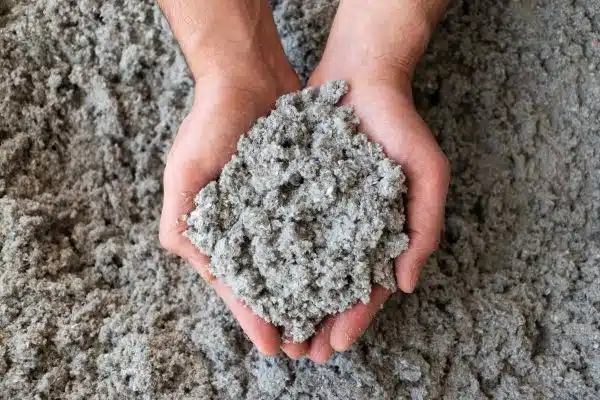
Compare DIY vs Professional Installation Costs
When it comes to attic insulation cost, homeowners might wonder whether it’s better to tackle the project themselves or hire a professional. While DIY installation can seem like the more cost-effective option, it’s important to consider all of the expenses that come with it.
From renting equipment to purchasing materials, the costs quickly add up. On the other hand, professional installation may have a higher upfront cost, but it typically includes the necessary materials and equipment, as well as the expertise needed to get the job done efficiently.
Ultimately, the decision between DIY and professional installation of attic insulation comes down to personal preference and budget.
Calculate the Return on Investment for Attic Insulation Projects
When it comes to improving the energy efficiency of your home, installing attic insulation can be a smart investment. Not only does it help regulate the temperature in your home, but it can also help lower your energy bills over time.
However, before embarking on any home improvement project, it’s important to consider the cost and potential return on investment. With attic insulation, the cost can vary depending on factors such as the size of your home and the type of insulation used. By calculating the return on investment, you can determine whether or not this project is worth pursuing in the long run.
Attic insulation is a great choice for reducing your energy costs and improving the comfort of your home. It’s important to understand the benefits of attic insulation, assess your current attic’s insulation levels, research different types of insulation and prices, understand local building codes and regulations, consider professional installation services, compare DIY vs professional installation costs, and calculate the return on investment for attic insulation projects before making the final decision.
With this knowledge in hand you can make an informed decision about whether to replace or upgrade your existing attic insulation or start from scratch. Don’t let this opportunity pass you by! Start getting the most out of your attic today with new attic insulation that will save you money while increasing power efficiency in one go.
Now that you know more about upgrading or replacing your attic’s insulation levels, take action on this essential part of maintaining a comfortable and efficient home.
